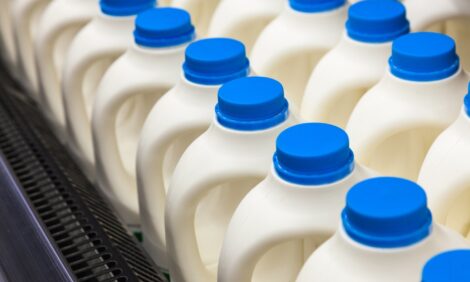



International Report Confirms More Government Vets are Needed
AUSTRALIA - The Australian Veterinary Association (AVA) commends the government for its ongoing work in biosecurity but says there is still room for improvement. This follows the release of the World Organisation for Animal Health (OIE) review of Australia’s veterinary services, that recognises Australia as a world leader in animal health and biosecurity.President of the AVA, Dr Robert Johnson, said it’s pleasing to see that Australia continues to provide a competent and professional veterinary service that also takes a leadership role in the area of biosecurity.
“While the report highlights Australia’s commitment to biosecurity, it also raises concerns about our ability to manage a disease emergency with the current veterinary staffing levels,” he said.
AVA spokesperson and former president of the AVA public health group, Dr Guy Weerasinghe, said that if we are going to be able to protect our biosecurity status in the future, Australia will need to start addressing these resource issues as a matter of priority.
“We want Australia to remain a world leader that sets high standards for international trade, public health and food safety.
“The AVA’s workforce modelling report, which was released last year, showed that Australia is already heading towards a significant undersupply of government vets.
“The OIE report confirms this as it also identifies a steady decrease in staffing levels over the past few years.
“The Australian Government has been taking positive steps to increase its veterinary workforce over the last year, and we applaud this commitment. It’s important that they continue to invest in the development and retention of their veterinary staff so that valuable expertise is not lost.
“However, it’s now time for state and territory governments to also step up their commitment to providing adequate veterinary support to our all-important agricultural industries. The report emphasises that ‘staffing levels are reaching a critical point’ in some jurisdictions, and this will impact on our ability to respond to an emergency animal disease.
“In fact, the report sounds some serious alarm bells and states that resources are stretched so thinly that there are concerns about the ability to handle a sudden increase in demand due to a disease emergency,” Dr Weerasinghe said.
The OIE’s report also recommends that the government needs to re-engage in the Australian Animal Welfare Strategy to protect our export markets.
The variations in veterinary regulatory legislation between states and territories is highlighted as another area of weakness in our ability to provide high quality veterinary services in an emergency.
“The veterinary service in Australia has been confirmed as doing many things very well, but there are a number of areas where we can still improve. In fact, we must improve if we are to retain our export market access, and our global leadership in animal health and welfare,” Dr Weerasinghe concluded.
TheCattleSite News Desk


